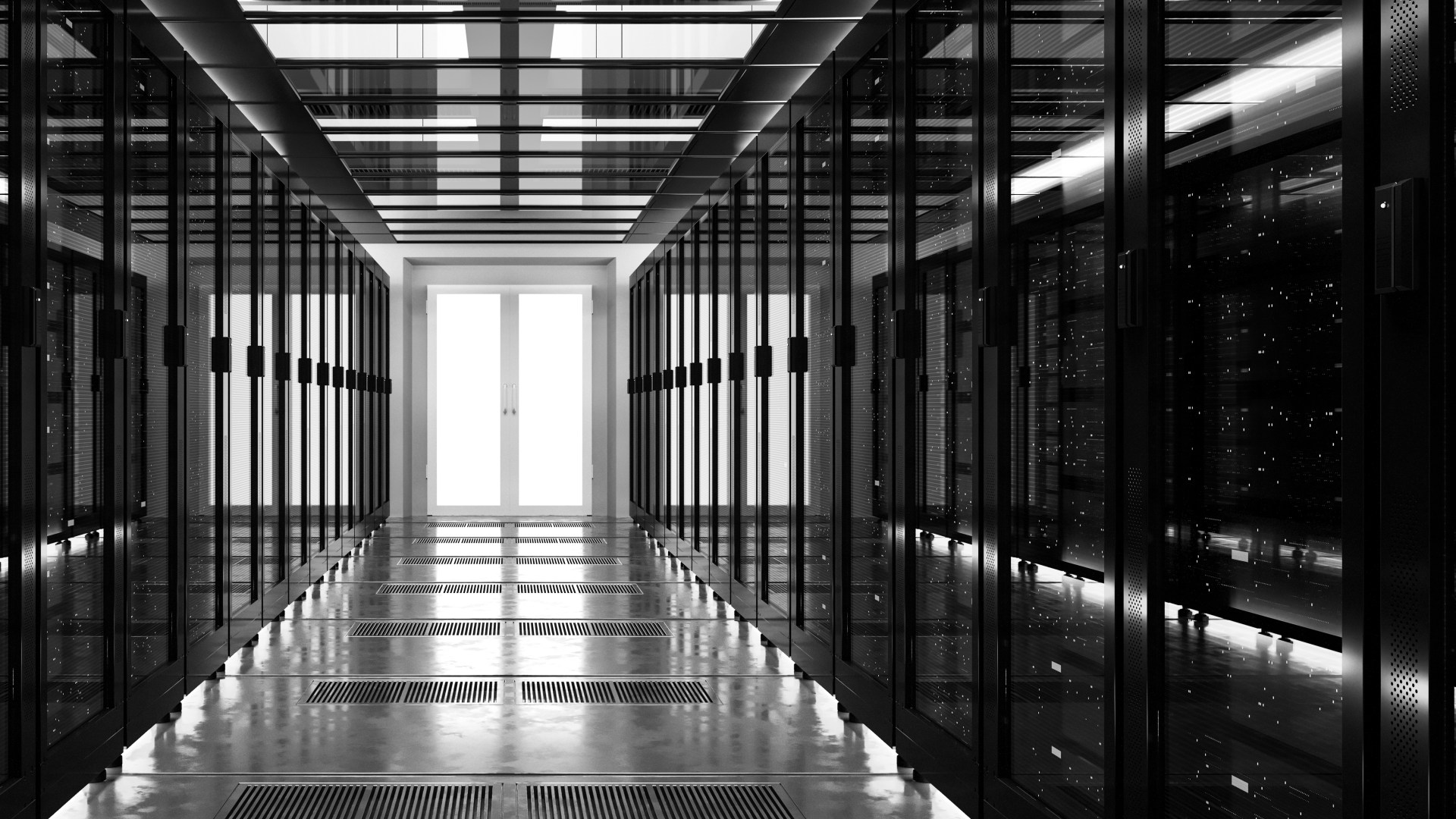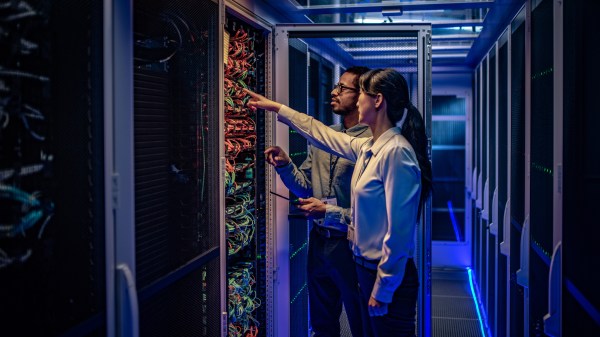Both connectivity and network architecture are fundamental to data center operations. With that in mind, here is an overview of currency data center trends in connectivity and network architecture.
Evolving connectivity trends
Here are the three main evolving connectivity trends currently shaping data center operations.
Edge computing: By reducing the distance data has to travel, edge computing ensures faster response times, improved bandwidth efficiency, and greater scalability. This is particularly relevant for latency-sensitive applications such as real-time analytics. As a bonus, edge computing also relieves the pressure on clouds and the networks that move traffic to and from them.
5G networks: Compared to its predecessors, 5G offers unprecedented speeds, ultra-low latency, and vastly increased capacity. This means it enables faster and more efficient communication between devices and data centers. In particular, it supports the development of the Internet of Things (IoT), augmented reality, virtual reality, and other bandwidth-intensive applications.
The influence of the Internet of Things (IoT): Integrating smart devices into data center operations requires data centers to process vast quantities of new data. This means data centers need to invest in robust, scalable, and high-speed connectivity solutions. Moreover, these solutions must be versatile enough to accommodate a wide range of data types from text to telemetrics.
Innovations in network architecture
Here are the three main innovations in network architecture currently shaping data center operations.
Edge computing: Edge computing is redefining how data is processed, stored, and delivered. By decentralizing data processing, edge computing reduces latency. This enables faster response times for applications requiring instantaneous decision-making. Moreover, by increasing the amount of data processed locally, edge computing reduces the burden on centralized data centers.
Software-defined networking (SDN): In SDN, the control plane is decoupled from the data plane, allowing for centralized and programmable network control. SDN facilitates the implementation of policies and adjustments in real time This enables the network to adapt swiftly to changing demands. It also enables the more effective use of automation to streamline routine tasks (and reduce manual errors).
Network function virtualization (NFV): In the NFV framework, functions that were traditionally performed by dedicated hardware appliances are implemented as software-based services. This enables dynamic and on-demand provisioning of network services. It therefore enables organizations to scale their infrastructure more efficiently in response to changing demands.
Role of high-speed connectivity
In the context of data centers, high-speed connectivity involves the use of advanced networking technologies and infrastructure to achieve low-latency, high-throughput data transfer. This is a critical factor in ensuring seamless and real-time communication between servers, storage systems, and end-user devices.
High-speed connectivity supports the scalability of data center operations. As the volume of data continues to grow, a robust high-speed network infrastructure enables data centers to handle increased traffic. This in turn means they can effectively meet the demands of modern, data-intensive applications.
Technologies contributing to high-speed connectivity
The two technologies currently making the most significant contribution to high-speed connectivity are fiber optics and 5G.
Fiber optics
Fiber-optic cables utilize thin strands of glass or plastic to transmit data using light signals. They can achieve much higher data transfer rates than traditional copper cables (which transmit using electrical signals).
The high bandwidth of fiber-optic cables means that they can reliably transmit large volumes of data. This is vital for supporting the increasing demands of modern bandwidth-intensive applications and services.
Moreover, fiber-optic technology can transmit data over long distances with minimal signal loss. This makes it an ideal choice for interconnecting servers, storage systems, and networking equipment within data centers.
Fiber-optic technology is also highly resistant to electromagnetic interference. This is hugely relevant in a data center environment. It means that fiber-optic infrastructure is far more stable, and hence robust than traditional copper infrastructure.
5G networks
The ultra-fast data transfer rates and low-latency capabilities delivered by 5G enable much quicker data processing. This reduces latency in communication between servers and devices. It therefore enhances the overall efficiency of data center operations.
Data centers can improve efficiency still further by leveraging 5G’s support for network slicing. This enables data centers to create dedicated virtual networks optimized for specific applications or services. This customization ensures that resources are allocated based on the unique requirements of different workloads. It therefore promotes more efficient utilization of network infrastructure.
Moreover, the deployment of 5G small cells contributes to increased network capacity and coverage. By distributing small cells more densely, data centers can accommodate a higher number of connected devices and applications, resulting in improved efficiency, reduced congestion, and enhanced reliability.
Additionally, 5G’s support for Massive MIMO (multiple input, multiple output) and beamforming enhances the efficiency of radio access technologies. These technologies optimize signal transmission and reception. This reduces interference and improves the overall spectral efficiency of the network.







